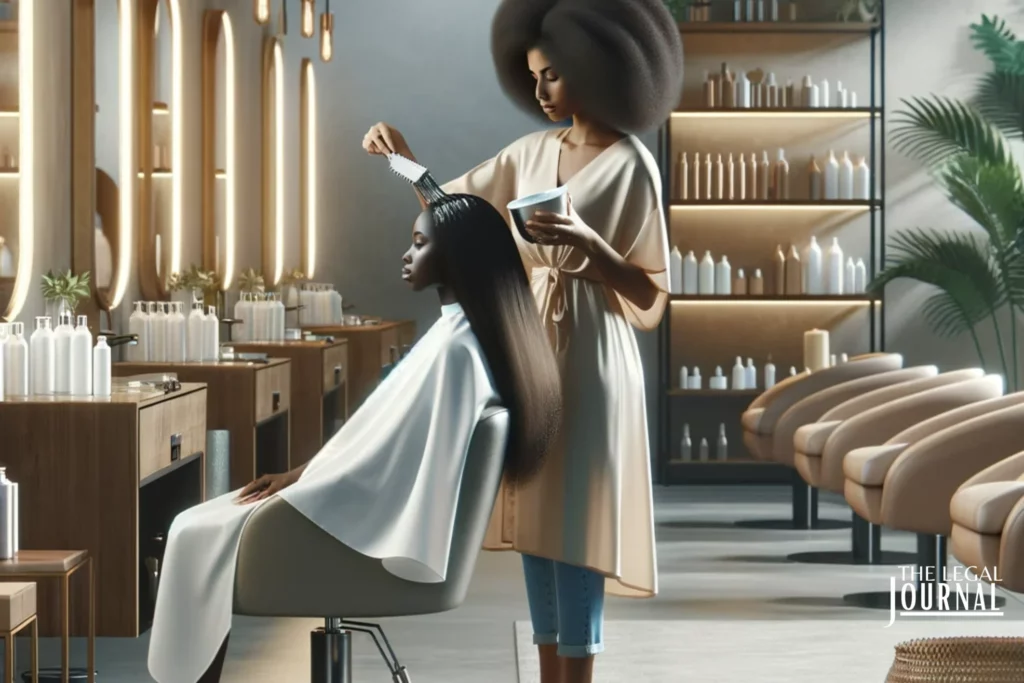The Intersection of Law and Health: Hair Relaxer Uterine Cancer Claims
In a growing legal battle, thousands of Black women allege that chemical hair relaxers have caused uterine cancer. As lawsuits against cosmetic giants like L’Oréal and Revlon proliferate, they bring forth critical legal implications and considerations surrounding product liability, informed consent, and potentially civil rights.
Key Points:
- Plaintiffs must prove the hair relaxers were harmful and that manufacturers failed to adequately warn of potential risks.
- The success of the lawsuits may hinge on the interpretation of a NIH study that found an association, but not causation, between hair relaxers and uterine cancer.
- Claims do not assert racial discrimination, yet the context of beauty standards and historical racial discrimination underpins the narrative.
- Legal strategies might utilize civil rights frameworks to resonate with juries on issues beyond complex product liability law.
- The FDA’s forthcoming rule that may ban formaldehyde in hair-straightening products could influence the litigation’s course.
The current litigation underscores the necessity for manufacturers to conduct comprehensive safety reviews and clearly communicate potential risks to consumers. Plaintiffs’ attorneys argue that failure to warn of known or suspected dangers constitutes negligence, a core aspect of product liability law. The defense’s counterargument, pointing to purported flaws in the NIH study, reflects the legal challenges in establishing causation, a critical element in product liability claims.
In mass tort cases like these, where plaintiffs are consolidated into a multidistrict litigation (MDL), the court aims for efficiency while preserving the details of individual claims. The strategic framing of the lawsuit as a civil rights issue, as suggested by attorney Ben Crump, adds a layer of complexity. This approach, while not directly alleging racial discrimination, leverages the cultural and historical context of the plaintiffs’ experiences to create a compelling narrative that might sway juror empathy and influence the outcome of the litigation.
The FDA’s proposed rule to ban formaldehyde, a known carcinogen, from hair-straightening products could potentially bolster plaintiffs’ arguments. Should this rule pass, it may be used as evidence of the harmful nature of the chemicals in question, despite not altering the legal burden on plaintiffs to prove causation specific to their circumstances.
These lawsuits highlight the intricate dance between scientific evidence, regulatory actions, and legal arguments. The outcomes of these cases could have far-reaching implications not only for the cosmetic industry but also for how legal claims intersect with issues of race, gender, and societal norms.



